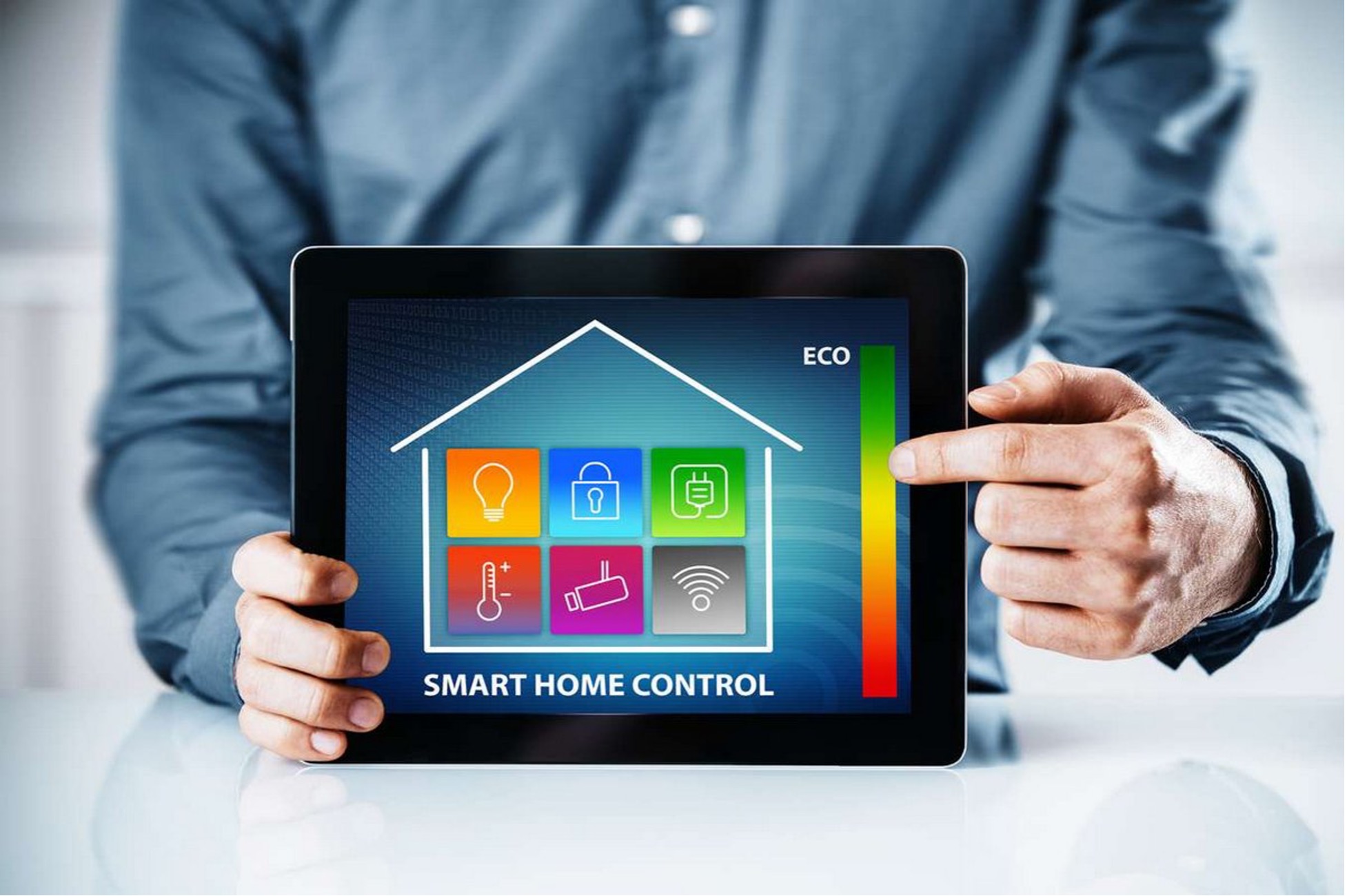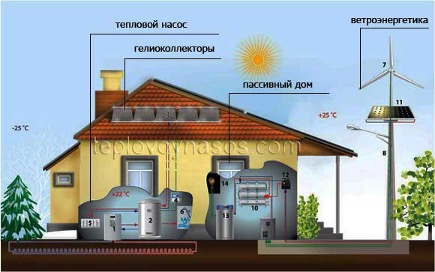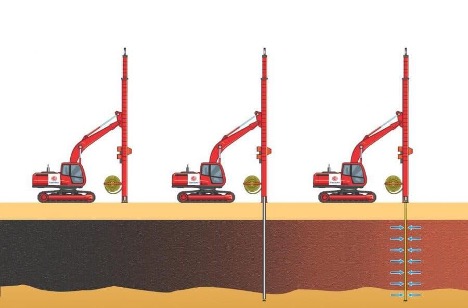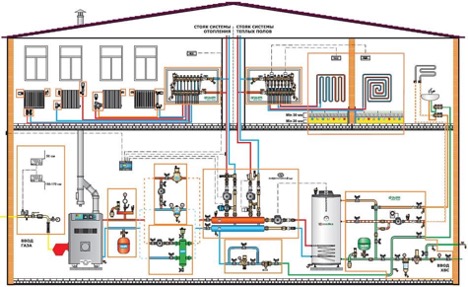Energy-saving technologies and equipment in everyday life: methods, methods and fundamentals
The modern household sector faces a number of challenges associated with increased energy consumption. In this context, energy-saving technologies and equipment play a key role. They not only help reduce energy costs, but also have a significant impact on the environment. After all, such technologies reduce emissions of carbon dioxide and other pollutants.
Energy saving in everyday life begins with understanding the types of energy entering the apartment from the outside. This can be electricity, gas, heat and water. Optimizing their use leads to significant improvements in energy efficiency.

The content of the article
Energy Saving Basics
One important aspect in the basics of energy conservation is improving the energy efficiency of your home. This may include insulating walls and roofs and installing energy efficient windows and doors. And now you can use insulating materials. Such measures help keep you warm and cool in winter. And in the summer they reduce the need for additional cooling. And as a result, they reduce energy costs.
Technological innovation also plays a key role in the fundamentals of energy conservation.Using modern, energy-efficient household appliances such as refrigerators, washing machines, air conditioners, and implementing smart home systems to automate and optimize energy consumption can significantly improve a household's overall energy efficiency. These technologies not only reduce energy costs, but also improve the comfort and ease of use of household devices.
Thus, the basics of energy saving at home are associated not only with changing behavior and habits, but also with the introduction of technological innovations and improving the energy efficiency of housing. This is a comprehensive approach aimed at reducing energy consumption and improving quality of life.
Energy saving system: integrated approach
Effective energy management requires a comprehensive approach. The energy saving system includes not only the use of individual devices, but also the integration of various technologies into a single system. This provides more precise control and management of resource consumption.
An integrated approach to energy saving begins with an analysis of the current energy consumption in a house or apartment. Modern energy monitoring and management systems allow you to pinpoint where and how energy costs can be reduced. This includes not only monitoring electricity consumption, but also the use of heat, water and other resources.
One of the key elements of an integrated energy saving system is automation. Smart thermostats, lighting controls, and automated appliance controls help reduce energy consumption without sacrificing convenience and comfort.For example, smart thermostats can automatically adjust the temperature in your home based on the time of day or the presence of people in the room, thereby reducing heating and air conditioning costs.
An important component of the energy saving system is also the use of energy efficient equipment. This includes not only appliances with a high energy efficiency rating, but also elements such as LED lighting and insulating materials. Investments in energy-efficient equipment quickly pay for themselves by reducing your monthly energy costs.

Modern energy-saving technologies: the key to efficiency
Modern energy-saving technologies cover a wide range of innovations and solutions aimed at reducing energy consumption and increasing its efficiency. These technologies play an important role in reducing environmental impact and reducing utility costs.
- Modern thermostats and heating systems can automatically regulate room temperature, optimizing energy use. They are able to adapt to the behavior of residents, taking into account, for example, the time they are absent from the house, and reduce the temperature accordingly.
- LED lamps are much more efficient than traditional incandescent lamps and even LED lamps. They consume less energy and have a longer lifespan, making them an ideal choice for home and commercial lighting.
- Using solar panels to generate electricity reduces dependence on traditional energy sources and reduces your carbon footprint. In addition to solar energy, wind and hydropower are also gaining popularity.
- Home appliances such as refrigerators, washing machines and air conditioners are now designed to minimize energy consumption while maintaining performance. Many of them are equipped with “smart” functions that allow you to control and optimize their operation.
- Intelligent building management systems integrate various subsystems (lighting, heating, ventilation) to ensure optimal energy consumption. They can automatically adapt to different conditions, such as changing weather or the presence of people indoors.
- Modern insulating materials, such as heat-reflective window films or insulating coatings, help keep your home warm in the winter and cool in the summer, thereby reducing energy consumption for heating and air conditioning.
These technologies represent just a portion of the broad arsenal of tools available to improve energy efficiency. The introduction of modern energy-saving technologies is a key element in the pursuit of sustainable development and environmental responsibility.
Methods and methods of energy saving: a variety of solutions
To achieve effective energy conservation, it is important to use various methods and methods of energy conservation. Here are some of them:
- Installation of energy efficient appliances.
- Using software to monitor and manage energy consumption.
- Using a smart home to automate and optimize consumption.
The path to a sustainable future
The introduction of energy-saving technologies is not only a way to reduce costs, but also an important step towards sustainable development.It helps reduce your environmental footprint and improve your quality of life.
Thus, the effective use of energy-saving technologies and equipment in everyday life not only helps to save resources. It is an important step towards a sustainable future.





